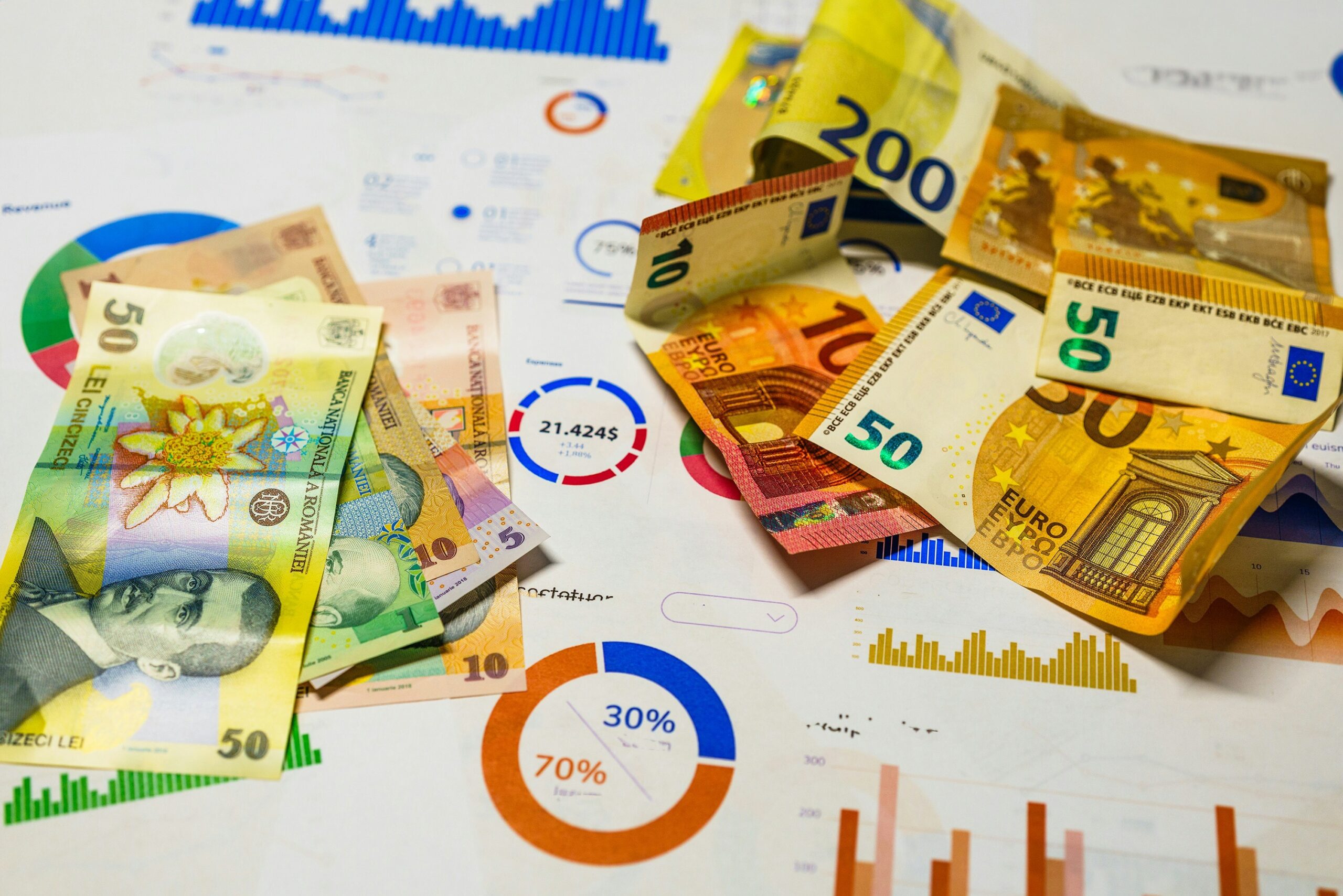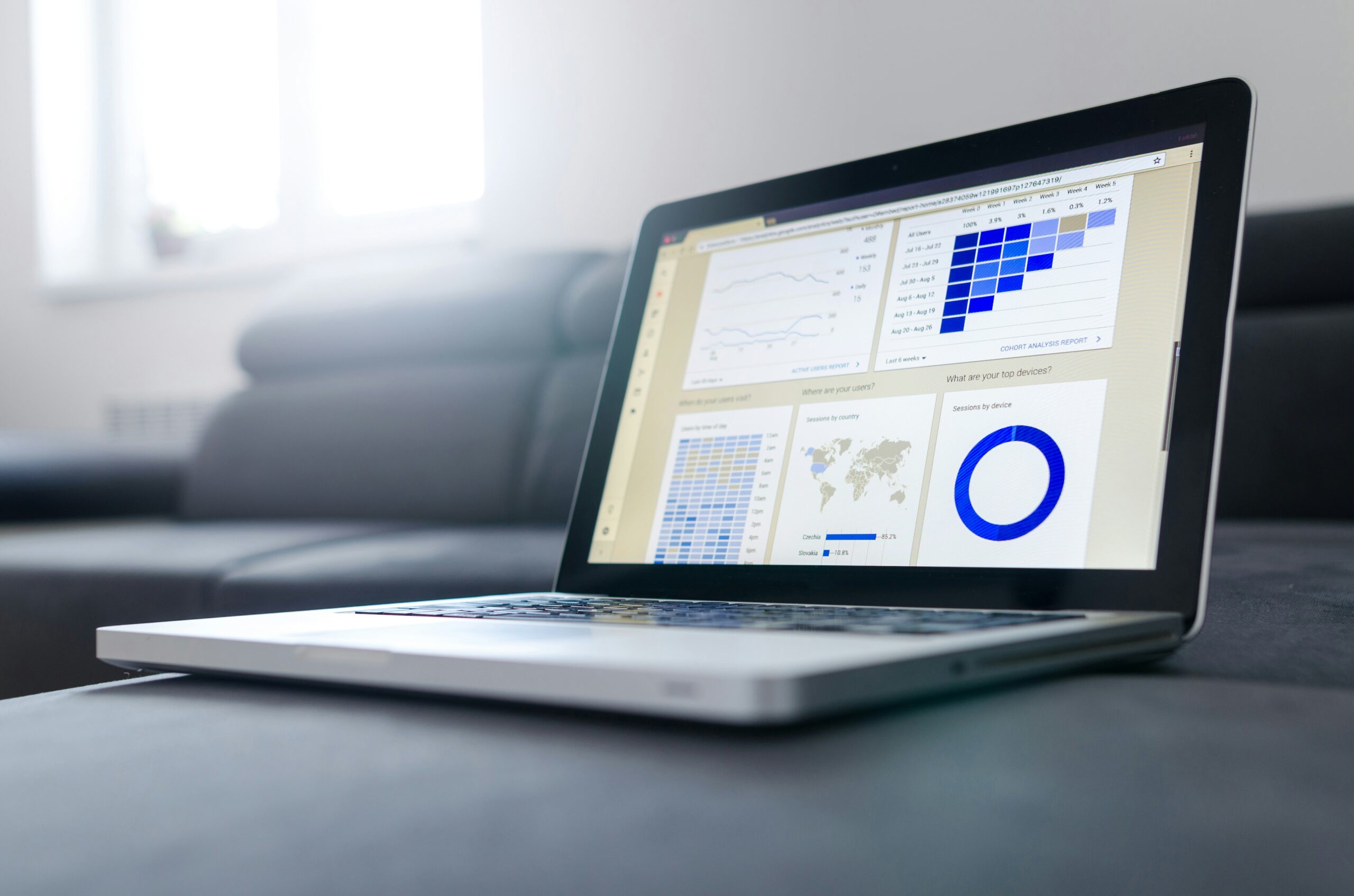Most companies treat data like an internal asset—something to optimise their own operations, predict customer behaviour, or refine product offerings. And that’s good and definitely a prerequisite for survival in a digital and disrupted future. But what if the real value of your data in the future isn’t within your industry at all?
Cross-industry data collaboration and data monetisation is the hidden goldmine that most companies are sitting on without realising it. Logistics companies, energy providers, telecom firms, automakers, healthcare companies—many of these businesses hold invaluable insights that could fuel innovation and profitability in completely different sectors.
Let’s flip the perspective and explore five eye-opening examples of how your industry’s data could be gold dust for someone else.
Healthcare Data Helping Retailers Cash in on Seasonal Health Trends
The healthcare industry collects vast amounts of data on public health trends, from flu outbreaks to allergy spikes to chronic disease hotspots. Pharmacies, health apps, and even wearable devices generate anonymised insights on what’s affecting people’s health in real time.
Now, imagine if retailers had access to these insights before a seasonal health trend hit. Grocery chains, e-commerce platforms, and pharmacies could use this data to fine-tune inventory, optimise product placement, and run hyper-relevant promotions.
For example, a grocery store could predict a surge in flu-related purchases—like vitamin C, soups, herbal teas, and tissues—weeks in advance and stock up accordingly. This would reduce stockouts and wastage while allowing for dynamic pricing that maximises profit when demand spikes.
Retailers could also leverage health data for hyper-personalised promotions. If a health app detects an increase in keto or plant-based diet adoption in a certain region, supermarkets can push relevant products to those consumers via loyalty apps or email campaigns.
Even insurance companies could enter the mix—offering discounts on healthy food purchases through integrated wellness programmes with grocery chains.
For healthcare companies, these insights are just sitting there, often unused beyond internal reporting. But for retailers, they’re a goldmine of demand forecasting intelligence—one that they’d pay handsomely to access.
In a nutshell: Data Monetisation in Healthcare
💡 Your industry: Healthcare
🎯 Who could benefit from your insights: Retailers (grocery chains, pharmacies, e-commerce stores)
Healthcare providers and health apps track seasonal illnesses like flu outbreaks, allergy spikes, and dietary trends. Now, imagine if retailers had access to that data before demand surged.
👉 How they profit:
- Grocery stores can pre-stock flu-season essentials—think vitamin C, soups, and herbal teas—just in time for peak demand.
- Supermarkets can dynamically price high-demand health products, increasing margins.
- Pharmacies and e-commerce platforms can create hyper-personalised health product bundles—e.g., “Winter Wellness Kits” priced at a premium.
🔎 The missed opportunity?
If you’re in healthcare, you’re sitting on a real-time demand forecasting engine. Retailers would pay for these insights to fine-tune stock levels, avoid waste, and increase sales.
Automotive Data Revolutionising Insurance Profits
Car manufacturers and connected vehicle platforms collect incredible amounts of driving data—real-time telemetry, braking patterns, acceleration behaviour, mileage, and even predictive maintenance alerts.
For insurers, this kind of granular driving data could transform the way they assess risk, set premiums, and detect fraud.
Instead of relying on outdated demographic factors like age, gender, and postcode, insurers could use real-time vehicle insights to offer usage-based insurance (UBI)—where policyholders pay based on how safely they actually drive. Low-risk drivers get discounts, while high-risk drivers are charged more, leading to fairer pricing and reduced claims costs.
Beyond pricing, real-time crash data from vehicle sensors could streamline claims processing. By detecting the exact speed, force, and location of impact, insurers could instantly assess fault and process claims in minutes instead of weeks—cutting down on fraud and administrative costs.
Automotive companies already have all this data. But right now, it’s mostly used for vehicle diagnostics and safety improvements. By collaborating with insurers, automakers could unlock an entirely new revenue stream, monetising their data while improving road safety and customer experiences.
In a nutshell: Data Monetisation in Automotive
💡 Your industry: Automotive
🎯 Who could benefit from your insights: Insurance companies
Car manufacturers collect tons of driving data—braking patterns, acceleration habits, mileage, and even real-time vehicle diagnostics. Insurers, on the other hand, have been stuck using outdated risk models. See the connection?
👉 How they profit:
- Usage-based insurance (UBI) lets safe drivers pay lower premiums, attracting long-term customers.
- Real-time crash data speeds up claims processing, reducing fraud and operational costs.
- Insurers can detect risky driving behaviours (e.g., hard braking) and proactively warn policyholders—preventing costly accidents before they happen.
🔎 The missed opportunity?
If you’re an automaker, your driving data isn’t just about improving vehicles—it’s a data product that insurers would pay for. Sell insights, offer APIs, or create partnerships that monetise this goldmine.
Logistics Data Unlocking the Next Big Real Estate Boom
Delivery and transport companies know cities inside and out. Their data on delivery density, congestion hotspots, and last-mile pain points could be invaluable for real estate developers looking to make smarter investment decisions.
For example, a logistics company could share insights on which neighbourhoods are experiencing a surge in online deliveries—predicting where new warehouses, micro-fulfilment centres, or even retail stores should be located. Real estate developers could get ahead of market trends, securing prime property before demand spikes.
In commercial real estate, property design itself could be optimised with logistics data. Warehouses, shopping centres, and apartment complexes could be built with dedicated loading docks, smart package lockers, and streamlined last-mile delivery zones—features that attract tenants and justify higher rents.
Even residential property developers could benefit. Apartment buildings with built-in e-commerce-friendly amenities—like secure package rooms or 24/7 delivery access—have higher rental appeal and can command premium pricing.
Logistics companies already own this data but often don’t see the bigger picture beyond operational efficiency. Yet for real estate investors, this insight is gold, helping them predict high-value locations and develop properties that meet the evolving needs of e-commerce-driven urban life.
In a nutshell: Data Monetisation in Logistics
💡 Your industry: Logistics
🎯 Who could benefit from your insights: Real estate developers
Every delivery route, warehouse dispatch, and congestion point in a city tells a story. Real estate developers are desperate for these insights to make smarter investment decisions.
👉 How they profit:
- Developers can pinpoint prime locations for warehouses and retail spaces based on real-time delivery demand.
- Residential property owners can optimise buildings with smart package lockers and seamless last-mile logistics—attracting premium renters.
- Commercial landlords can target high-performing logistics tenants (e-commerce brands, 3PL providers) for higher rental yields.
🔎 The missed opportunity?
Logistics firms have a real-time commercial property heatmap without realising it. Real estate investors would pay top dollar for these insights to get ahead of market shifts.
Telecom Data Supercharging the Tourism Industry
Telecom providers collect vast amounts of anonymised location-based data, tracking where international SIM cards are used and how people move between countries. For the tourism industry, this is a crystal ball into future travel trends.
Tourism boards, airlines, and hotels spend millions trying to understand shifting travel patterns, but telecom companies already have the answers.
By analysing roaming activity, telecom providers could help travel agencies and airlines:
- Identify emerging destinations before they go mainstream, allowing companies to promote travel packages ahead of competitors.
- Optimise marketing budgets, focusing advertising efforts on the regions sending the most visitors to a particular destination.
- Enhance dynamic pricing models, allowing hotels and airlines to adjust rates in real-time based on actual demand.
For example, if telecom data shows a sudden surge in European tourists roaming in Japan, airlines could quickly adjust flight capacity and increase fares, while travel agencies could launch targeted campaigns to capitalise on the trend.
Tourist attractions and hotels could also use real-time telecom data to manage overcrowding, redirecting tourists to alternative locations when hotspots get too busy—improving visitor experience and reducing strain on infrastructure.
Telecom providers have access to all of this but often don’t see it as a commercial asset. Yet for the travel industry, it’s a strategic goldmine worth millions.
In a nutshell: Data Monetisation in Telecoms
💡 Your industry: Telecommunications
🎯 Who could benefit from your insights: Travel agencies, airlines, and tourism boards
Mobile carriers collect priceless insights on international roaming activity. This data can predict emerging travel trends before they go mainstream.
👉 How they profit:
- Airlines and hotels can adjust pricing dynamically based on surging tourist numbers.
- Travel agencies can design high-demand holiday packages before the market catches on.
- Destination marketing teams can target the right nationalities with advertising, maximising ROI.
🔎 The missed opportunity?
Telecoms already know where people are travelling before the tourism industry does. This is premium predictive intelligence—easily monetised through partnerships, reports, or licensing deals.
Energy Data Driving Massive Cost Savings in Manufacturing Companies
Manufacturers are massive energy consumers, and even small fluctuations in energy prices can have a huge impact on their bottom line. Energy providers, meanwhile, collect detailed data on power consumption patterns, peak usage hours, and grid reliability.
By collaborating, manufacturers could make smarter decisions on when and how to use energy, leading to massive cost savings and efficiency gains.
For instance, shifting high-energy operations to off-peak hours (when electricity is cheaper) could significantly lower costs. Factories could also use real-time energy insights for predictive maintenance, detecting anomalies that indicate machine inefficiencies or impending failures—reducing downtime and extending equipment life.
Additionally, manufacturers with renewable energy sources (like solar panels) could sell excess power back to the grid when demand is high, creating an additional revenue stream.
Sustainability-focused manufacturers could also leverage carbon footprint tracking from energy providers to improve their ESG (Environmental, Social, and Governance) reporting—attracting eco-conscious customers and avoiding regulatory fines.
Energy companies aren’t just selling electricity—they’re sitting on industrial efficiency insights that could help manufacturers cut costs, improve reliability, and boost sustainability.
In a nutshell: Data Monetisation in Energy
💡 Your industry: Energy
🎯 Who could benefit from your insights: Manufacturing companies
Energy providers track real-time power consumption patterns across industries. Manufacturers, who live and die by their energy bills, need this data to optimise production.
👉 How they profit:
- Smart factories can shift energy-intensive operations to off-peak hours, slashing electricity costs.
- Real-time energy usage can predict equipment failures, preventing expensive downtime.
- Manufacturers can sell excess energy when grid demand is high, creating a brand-new revenue stream.
🔎 The missed opportunity?
Energy companies aren’t just selling electricity—they’re sitting on industrial efficiency insights that manufacturers would happily pay for.
Your Data is Worth More Than You Think
The data your company generates every day isn’t just useful to you—it could be a game-changer for an entirely different industry. The question is: are you monetising it?
Instead of letting valuable insights gather dust, consider:
- Selling anonymised data to relevant industries.
- Partnering with companies in need of your insights.
- Creating data-driven services that unlock new revenue streams.
It’s time to stop hoarding data and start leveraging it. Your insights could be someone else’s million-pound breakthrough—and a lucrative new business opportunity for you. To give you a headstart thinking about ways to monetise your insights, check out our latest post .
Ready to Monetise Your Data?
At Claudy, we help companies uncover hidden value in their data assets. Whether it’s forming strategic data partnerships or launching new revenue streams, we’ll help you turn insights into income. Check out our Data Monetisation Lab – the fastest way to get your organisation moving towards monetising the intelligence you’ve built for so long!
Let’s chat—because your data is worth more than you think. Get in touch today!



